FERNAND LEGER-nbsp(1881-1955)
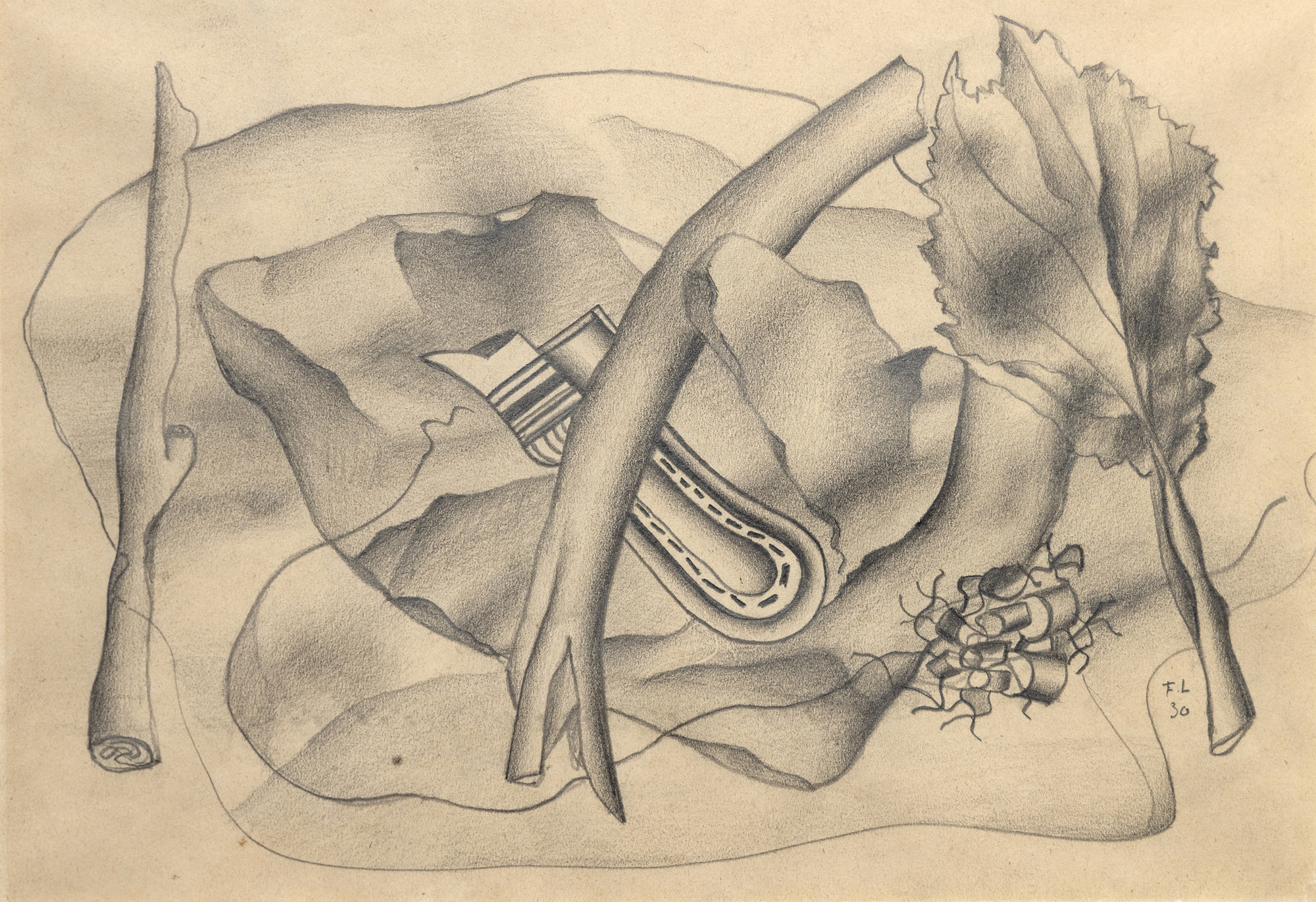
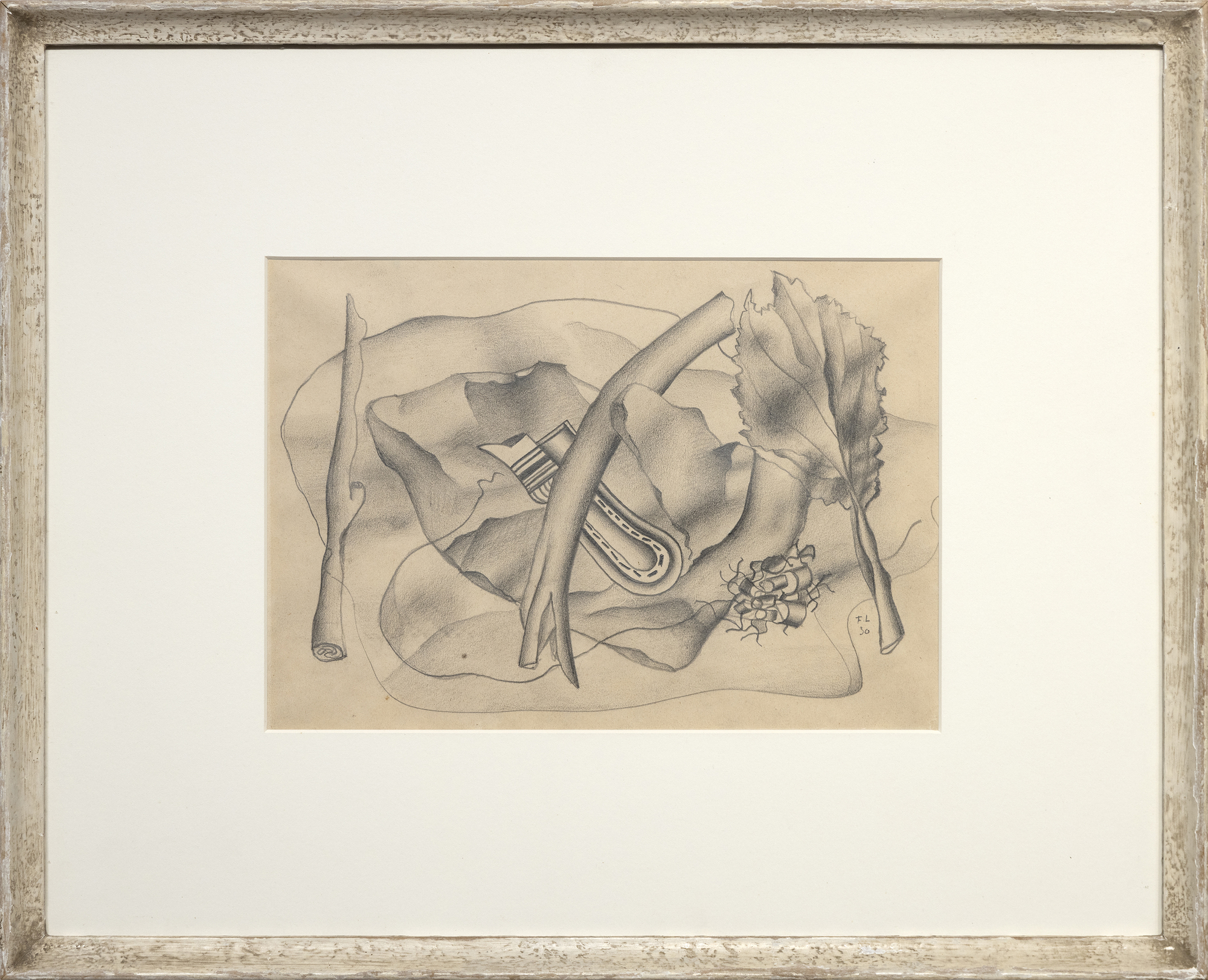
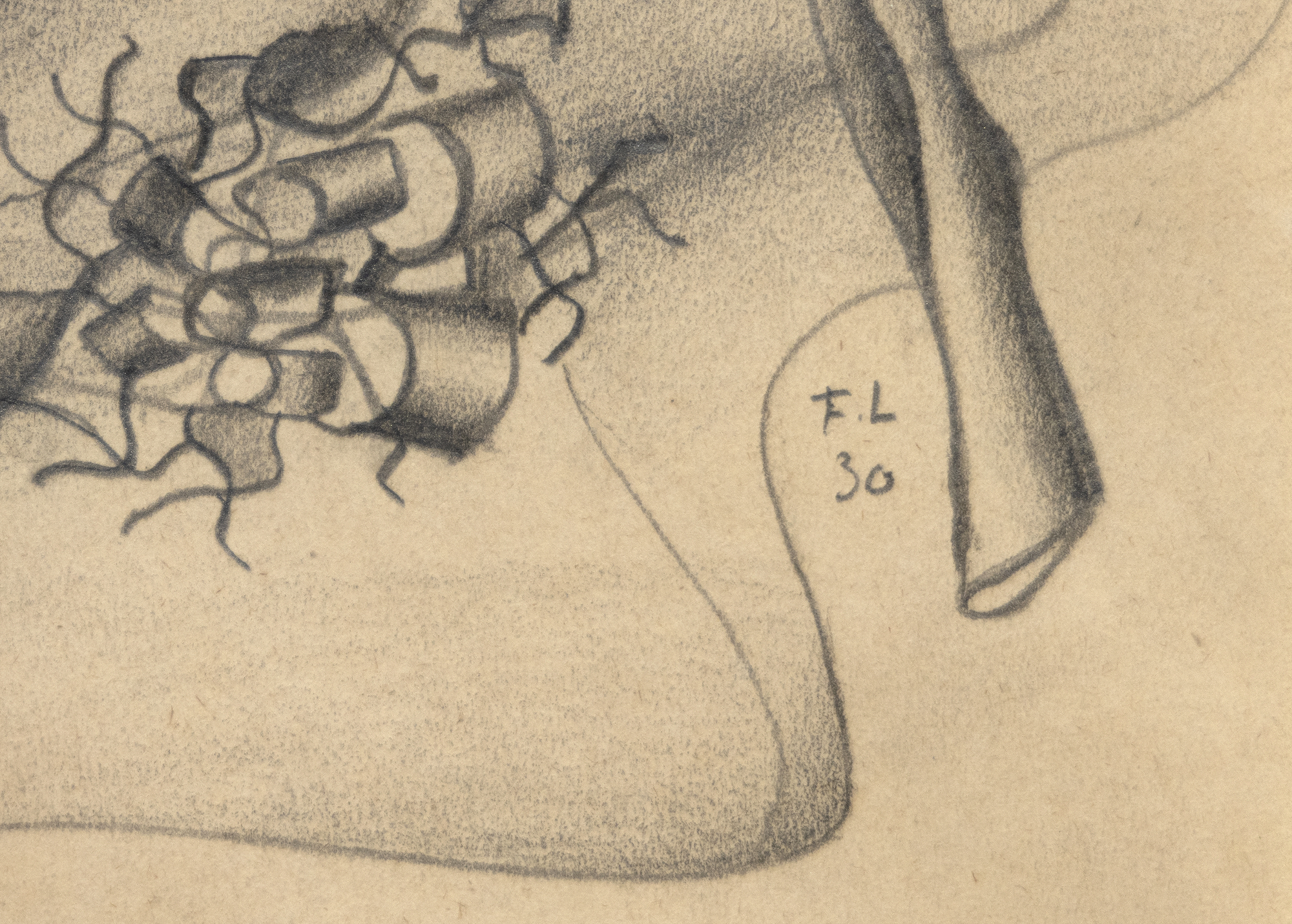
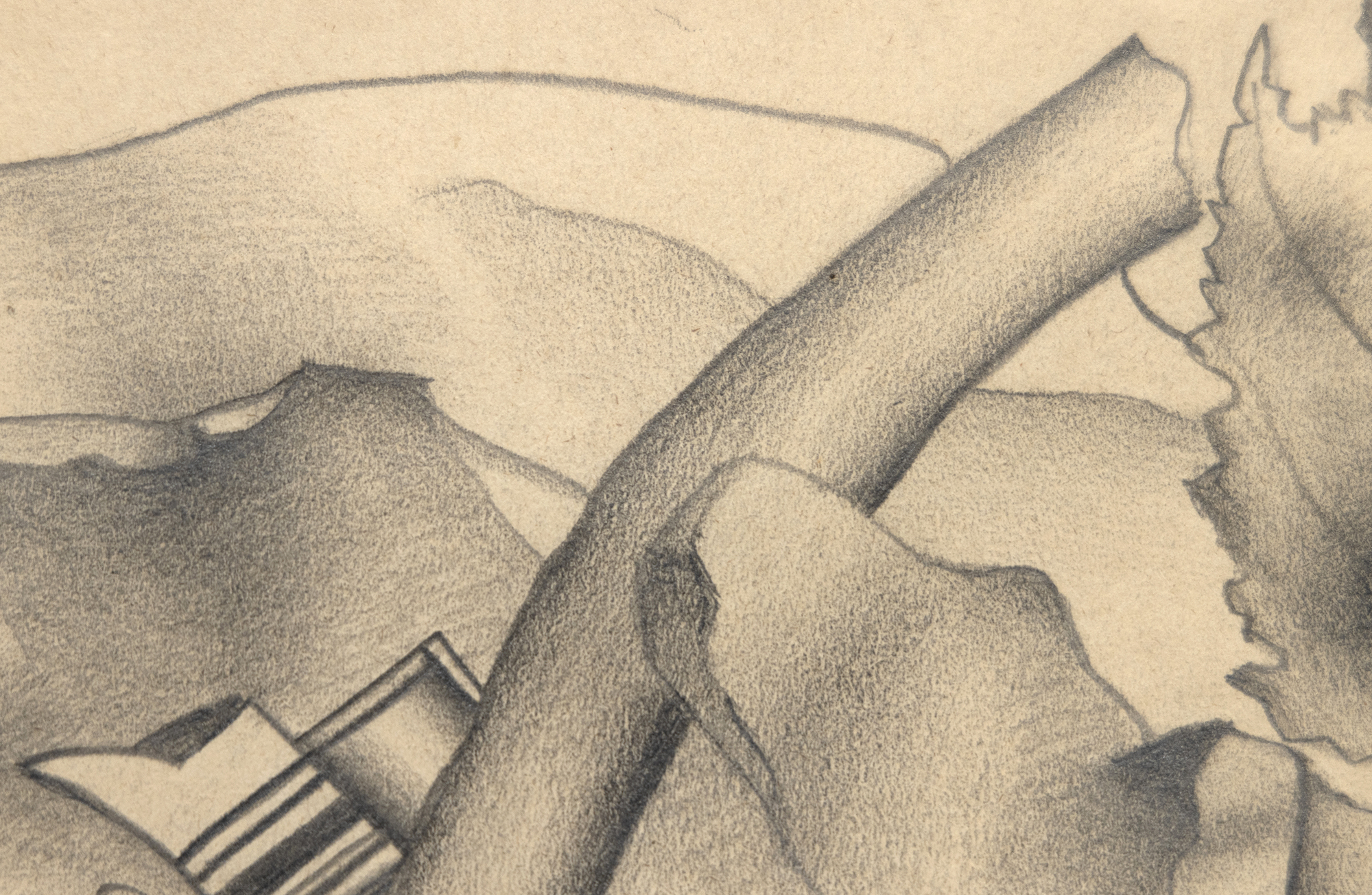
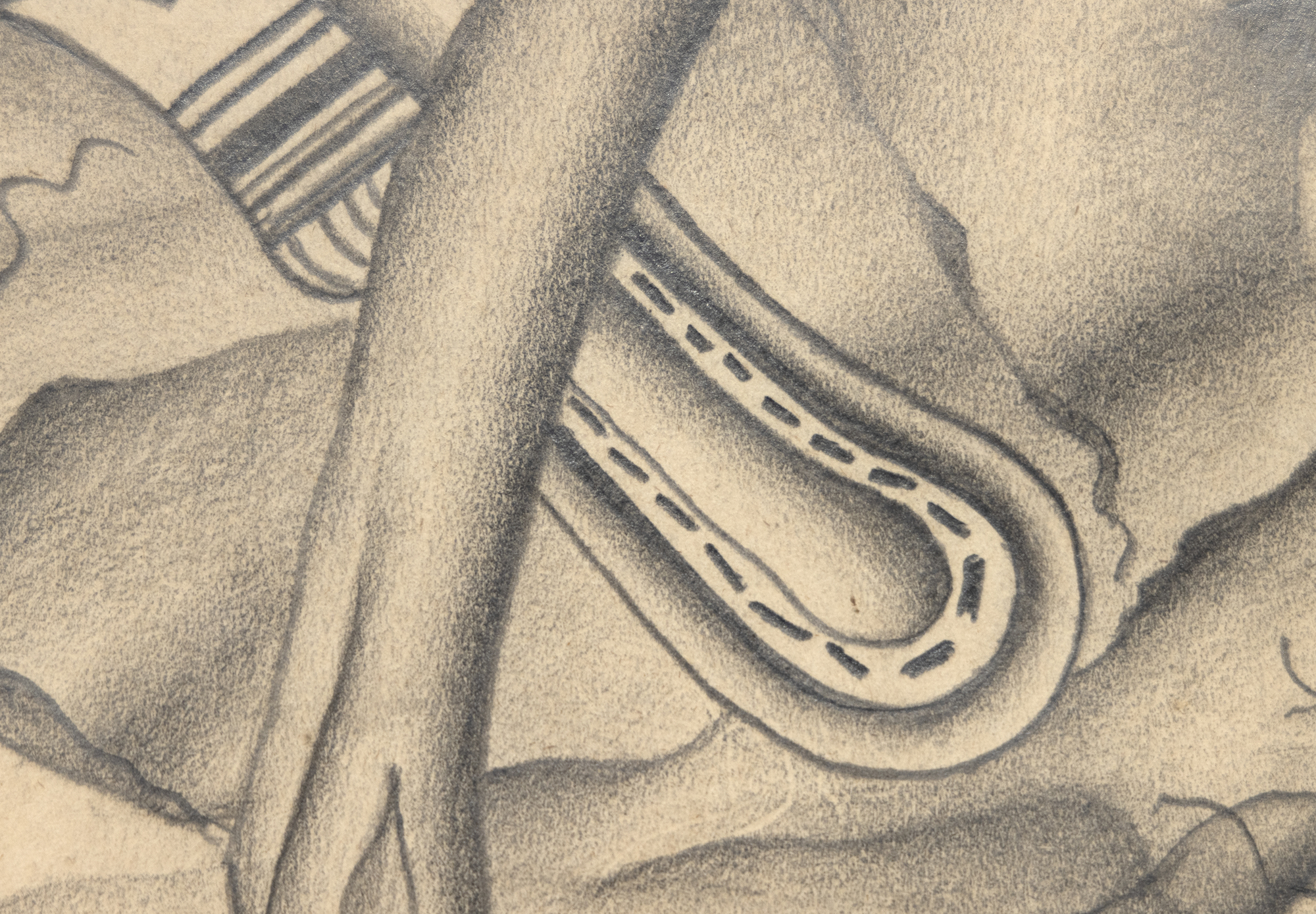
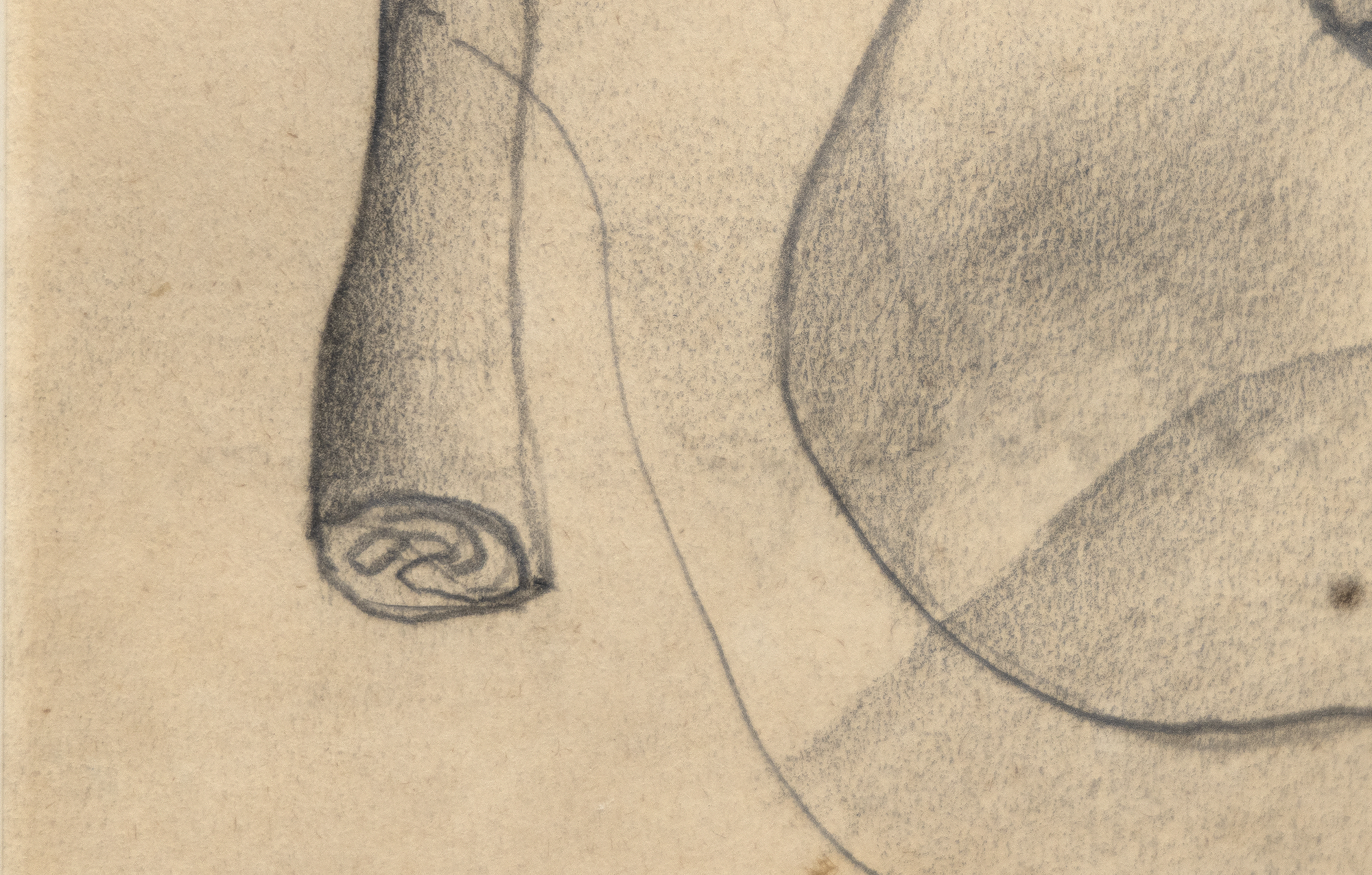
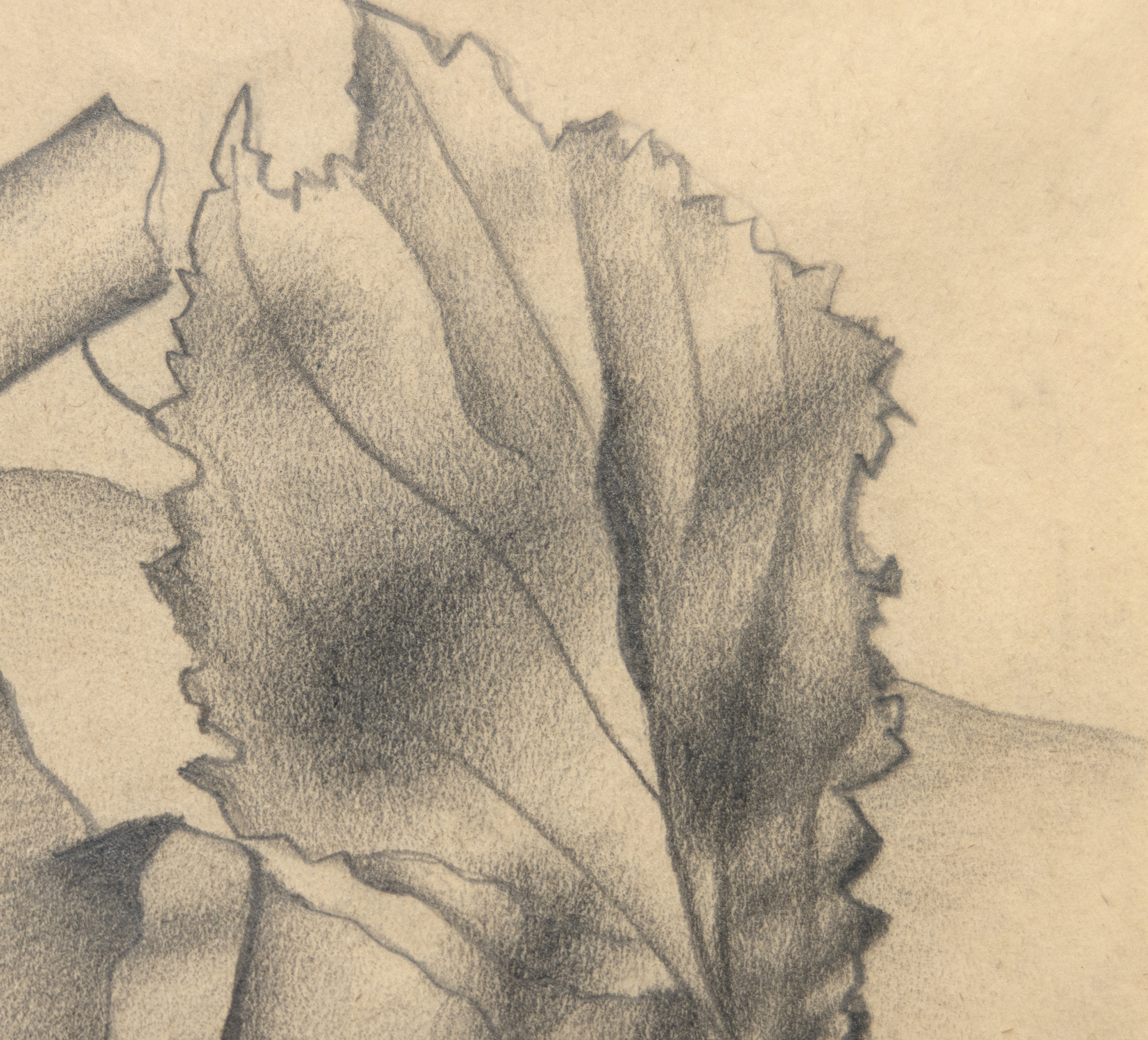
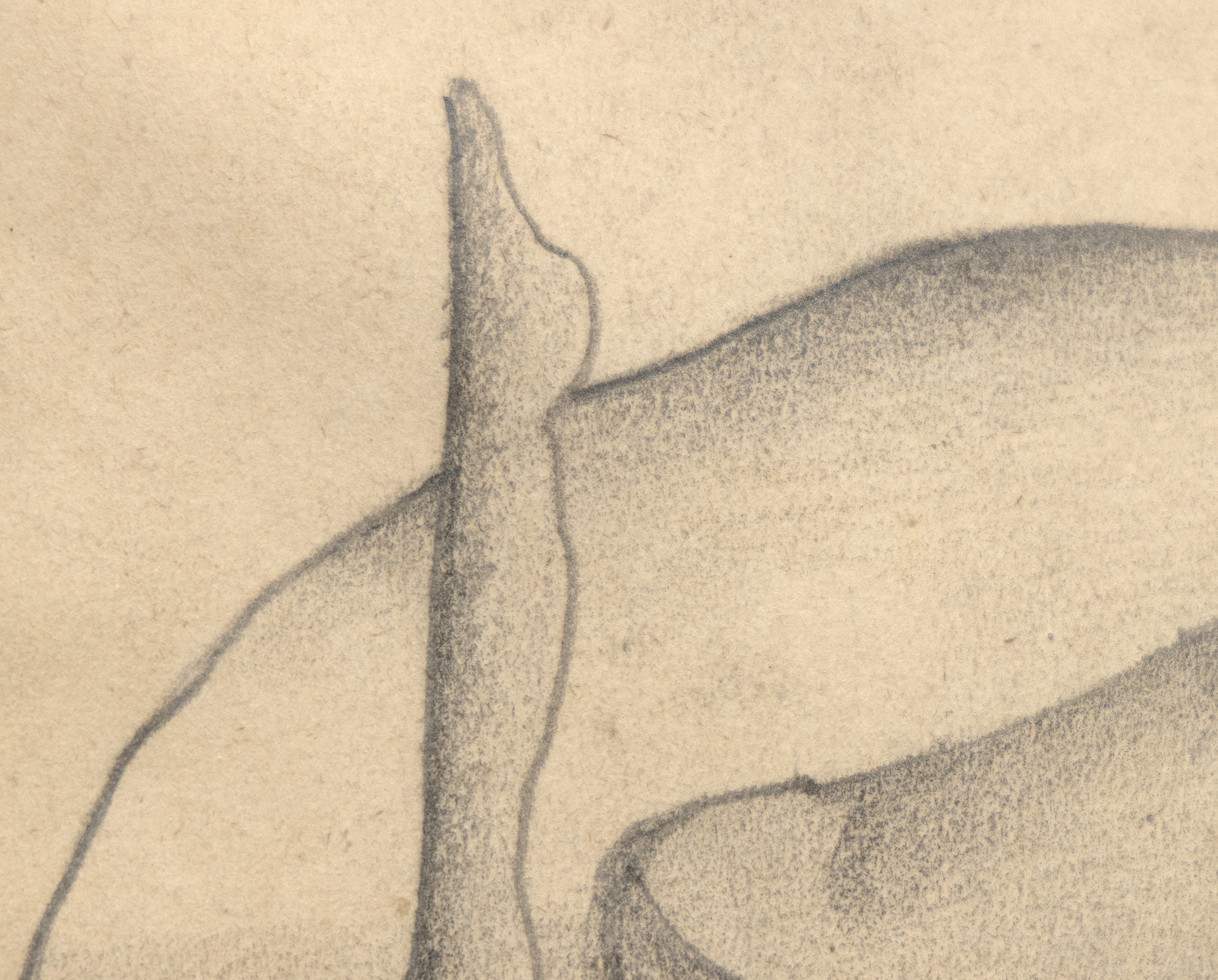
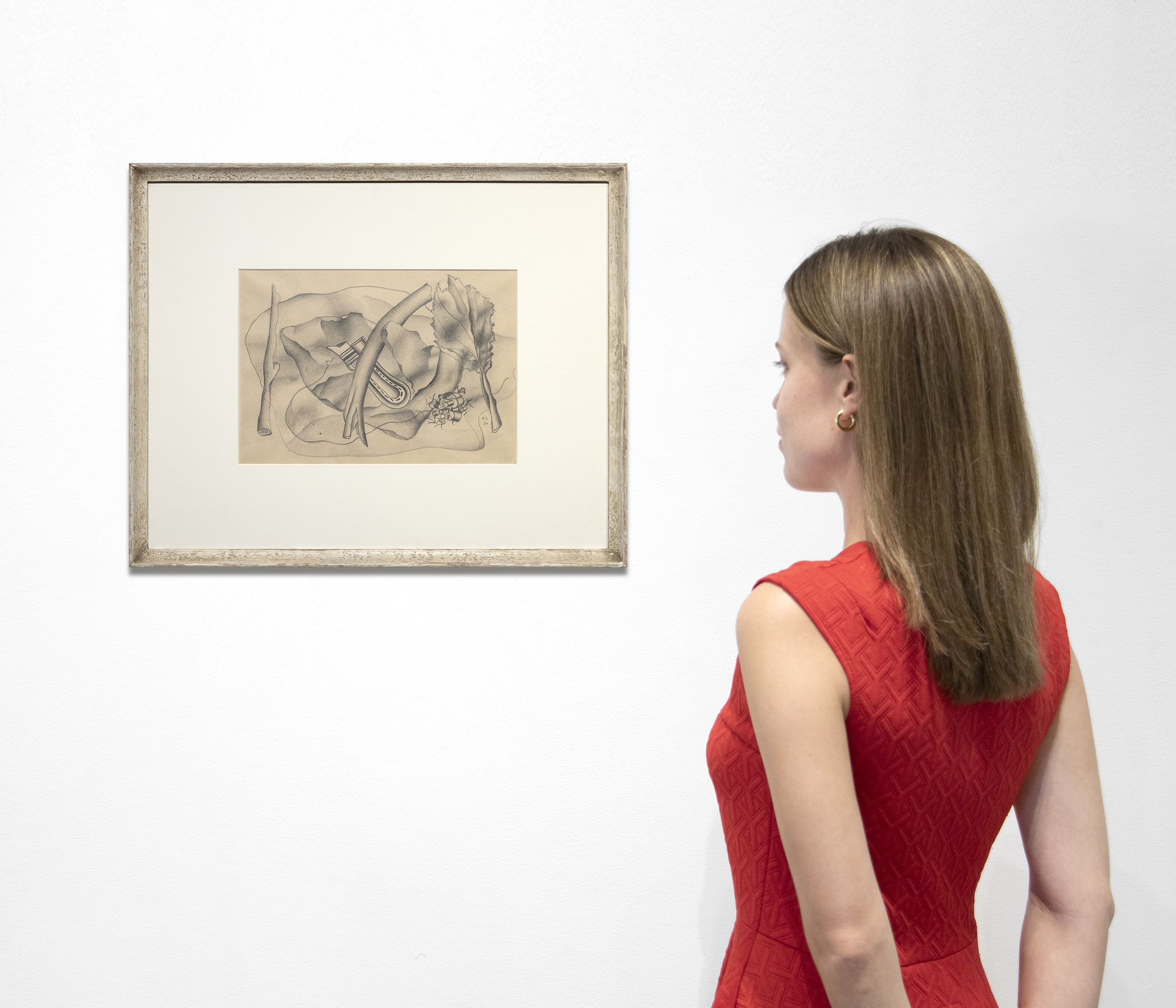
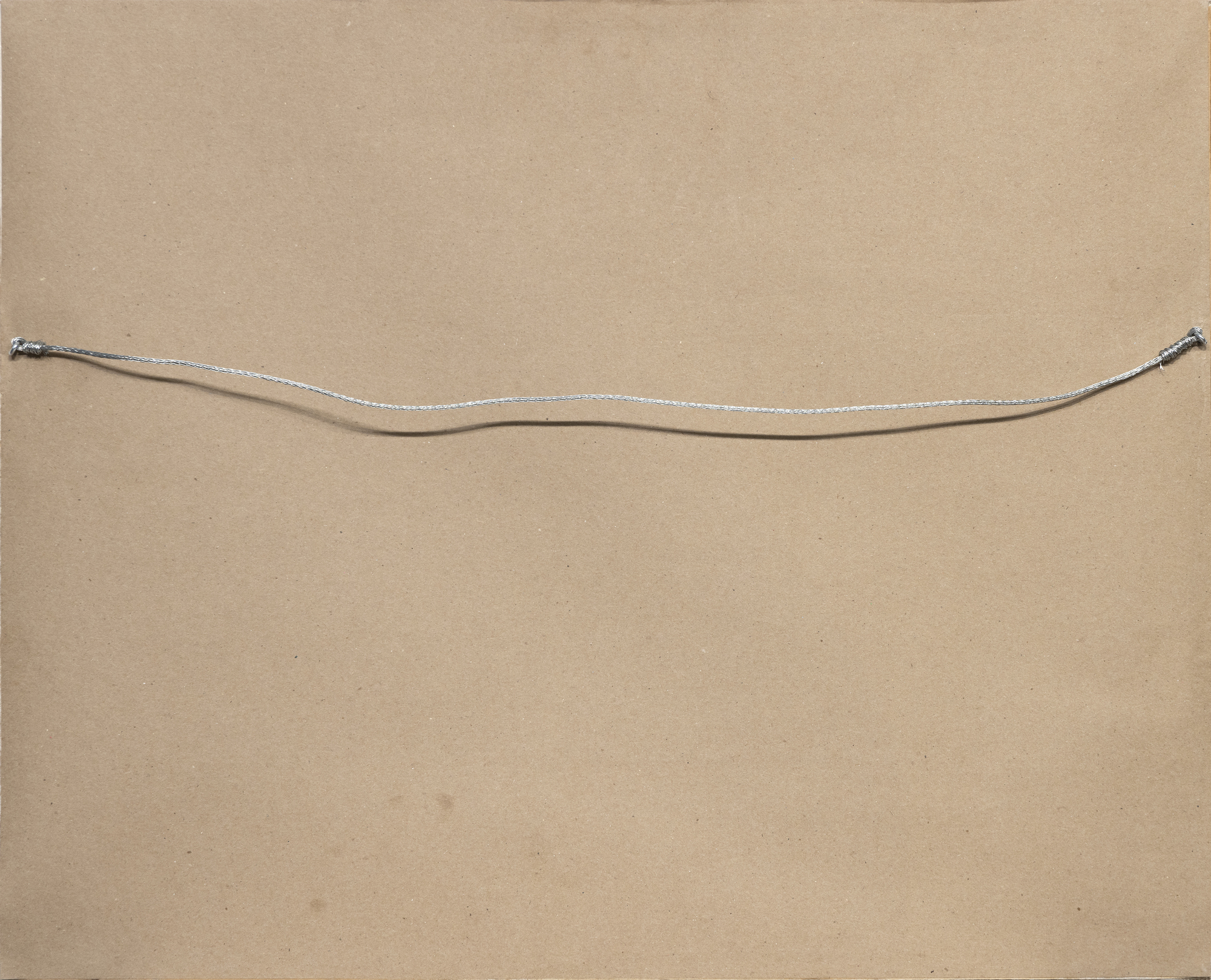
Provenance
Galerie Katharine Kuh, ChicagoCollection privée, acquise auprès de la personne susmentionnée, 1941
Collection privée, par descendance du précédent
125,000
Le dessin Présent, exécuté en 1930, est un vestige de la décennie qui a suivi la Première Guerre mondiale. Sans titre (1930) a été acheté à la galerie Katherine Kuh à Chicago et a été impeccablement conservé par la famille de l'acheteur d'origine. Il est extrêmement rare de trouver des dessins comme Sans titre en dehors des collections de musées.


